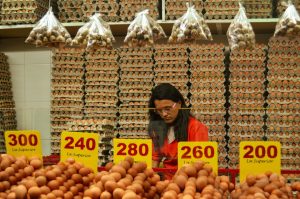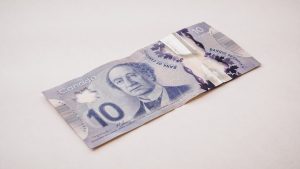The foreign exchange market, commonly known as forex, is the largest financial market globally. It operates 24 hours a day, five days a week, with different trading sessions in major financial centers worldwide. Trillions of dollars are traded every day, making forex a highly liquid market with numerous trading opportunities for investors.
In 2017, the average daily trading volume in the forex market was $5.1 trillion. This figure represents an increase of 4% compared to the previous year, indicating a growing interest in forex trading among investors. It is worth noting that this volume includes all transactions, including those between banks, hedge funds, and other institutional investors. Retail traders, who account for a small percentage of the total volume, contribute to the market’s liquidity and volatility.
The forex market’s trading volume is calculated by adding all the trades executed during a specific period, usually 24 hours. The volume is expressed in lots, which represent the number of currency units traded. A standard lot size in forex is 100,000 units, while a mini lot is 10,000 units. A micro lot is 1,000 units, and some brokers offer even smaller lot sizes.
The forex market’s trading volume varies throughout the day, with some sessions being more active than others. The Asian session, which begins in Tokyo and ends in Sydney, is the quietest of all, with low volatility and trading volumes. The European session, which starts in London and ends in Frankfurt, is the busiest, with high liquidity and volatility. The North American session, which starts in New York and ends in Toronto, is also active, but its trading volume is lower than that of the European session.
The forex market’s trading volume is influenced by various factors, including economic data releases, geopolitical events, central bank policies, and market sentiment. For example, when the Federal Reserve announces an interest rate hike, the US dollar tends to strengthen, leading to increased trading activity in USD pairs. Similarly, when there is a political crisis or a natural disaster, the affected currency’s value may fluctuate, leading to higher trading volumes and volatility.
Forex trading volume is also affected by the type of investor participating in the market. Institutional investors, such as banks, hedge funds, and asset managers, account for the majority of the market’s volume. These investors trade large amounts of currencies, often in the millions or billions of dollars, and are motivated by profit and risk management. Retail traders, on the other hand, participate in the market with smaller amounts of capital, seeking to profit from short-term price movements.
In conclusion, the forex market’s trading volume in 2017 was $5.1 trillion, with institutional investors accounting for the majority of the volume. The market’s liquidity and volatility make it an attractive destination for investors seeking trading opportunities, but it is also a highly risky market that requires a thorough understanding of the underlying factors that influence currency values. As with any investment, it is essential to conduct proper research and risk management before participating in forex trading.





